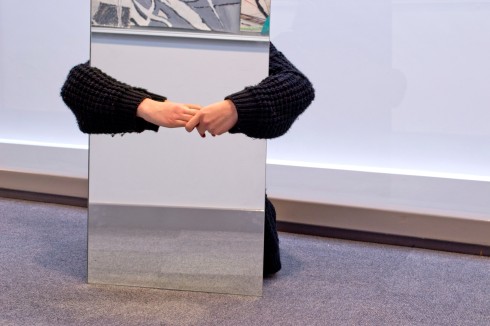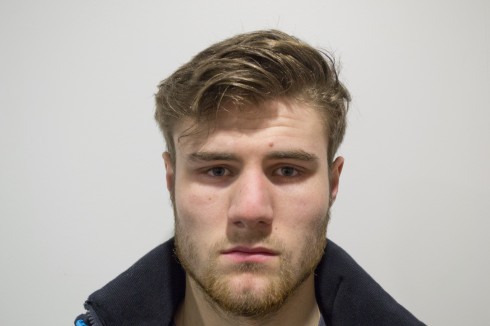Equality is the state of being equal, especially in status, rights, or opportunities.
Martin Luther King was an African-American activist, humanitarian, pastor, and leader in the African-American Civil Rights Movement. Born 15th January 1929 in Atlanta, Georgia, he was assassinated in Memphis, Tennessee on 4th April 1968. King was best known for his participation in the growth of civil rights using nonviolent protesting. He became a civil rights activist early in his career as a Baptist minister. In 1955, MLK drove the Montgomery Bus Boycott and helped found the SCLC, Southern Christian Leadership Conference, serving as first president two years later, in 1957. With the assistance of the SCLC, King was able to lead a somewhat unsuccessful nonviolent fight against segregation in Albany, Georgia in 1962, and organised further nonviolent protests in Birmingham, Alabama.
Charles Moore was an American war photographer most famous for photographing and documenting the American civil rights era that Martin Luther King was involved in. Moore was born in Hackleburg, Alabama on 9th March 1931 and died in Palm Beach Gardens, Florida two days after his 79th birthday on 11th March 2010. One of the first photographs he took was of an argument between two policemen and Martin Luther King in Montgomery, Alabama while working for the Montgomery Advertiser. This was published in Life magazine. From this, Moore travelled throughout the South of the USA documenting the Civil Rights Movement. This is where Moore took his most famous photograph called Birmingham, which shows civil rights demonstrators being attacked by firemen with high-pressure hoses. The U.S. Senator Jacob Javits, said that Moore’s collection of pictures from this time “helped to spur passage of the Civil Rights Act of 1964”.
The Vietnam War, also known as the American War, or the Second Indochina War, was a Cold War-era proxy war. Proxy wars are wars that result when opposing powers use third parties for fighting each other directly. The Vietnam war took place over 18 years, 4 months, 4 weeks, and 1 day from December 1956 to April 1975. The war covered North and South Vietnam, Cambodia, and Laos.
Larry Burrows was an English photojournalist best known for his pictures of the American involvement in the Vietnam War. Born on 29th May 1926 in London and died on-the-job along with fellow photojournalists Henri Huet, Kent Potter, and Keisaburo Shimamoto when their helicopter was shot down over Laos on 10th February 1971. Burrows’ photographs were published in Life Magazine in 1965, entitled “One Ride with Yankee Papa 13”.
Philip Jones Griffiths was a Welsh photojournalist who also covered the Vietnam War. He travelled to Vietnam in 1966 working for the Magnum agency. In 1971, Griffiths published a book called Vietnam Inc. with photos that he had shot during his coverage of Vietnam. The South Vietnamese president, Nguyen Van Thieu, criticised Griffiths’ work, remarking, “let me tell you there are many people I don’t want back in my country, but I can assure you Mr. Griffiths’ name is at the top of the list.”
John Fitzgerald Kennedy was an American politician and 35th President of the United States. He was born on 29th May 1917 and became President in 1961 until he was assassinated during a public parade in Dallas, Texas on 22nd November 1963. During his presidency, the African-American Civil Rights Movement and America’s increased involvement in the Vietnam war occurred.
On 14th October 1962, CIA U-2 spy planes took overhead photographs of missile sites being built by Cuba in the Soviets. The photographs were shown to John F Kennedy on 16th October. Kennedy concluded that the missiles were offensive in nature and therefore posed an immediate nuclear threat. However, he now faced a dilemma, he could either a) have the US attack the sites, but which might lead to a nuclear war with the USSR or b) have the US do nothing, but now be faced with the increased threat from close-range nuclear weapons. On 22nd October, Kennedy dispatched a message to Khurshchev and announced his decision on TV.
The US Navy would stop and investigate all Soviet ships arriving off Cuba, starting 24th October. On 28th October, Khurshchev agreed to dismantle the missile sites, subject to UN inspections. The US publicly agreed to never invade Cuba and privately agreed to remove its missiles in Turkey.
The Cold War was a continuous state of political and military conflict between powers in the Western Bloc (the US with the North Atlantic Treaty Organization and others) and powers in the Eastern Bloc (the Soviet Union and its allies in the Warsaw Pact). The Warsaw Pact consists of Bulgaria, Czech Republic, East Germany, Hungary, Poland, Romania, Soviet Union, and Albania. It was called the “cold” war because there was no large-scale fighting directly between two sides, however there were major regional wars in Korea and Vietnam.
A protest is a statement or action expressing disapproval of or objection to something.
Conflict is a serious disagreement or argument, or a serious incompatibility between two or more opinions or principles.
Confrontation is a hostile or argumentative situation or meeting between opposing parties.
Humanism is a philosophical and ethical attitude that empathizes the value or human beings, individually and collectively, or placing an individual as central to a concern.






